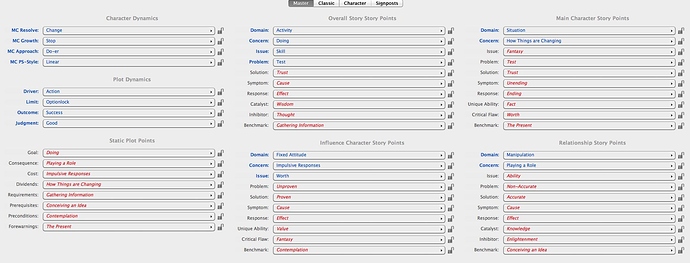Every example of magical realism up to the last scene ALWAYS shows two versions: the magical version and a non-magical version. The ASSUMPTION is that the first is subjective while the second is objective. (The ending brings that into question.)
While both versions of the story proceed side by side, the outcome of the ending is different depending on which you believe to be “true”. Up to the last scene, it really didn’t matter because of the storytelling consistency. The only parties privileged with both views is the audience. However, the last scene breaks that internal storytelling rule when Riggan’s daughter appears to SEE the magical version, yet the “real” version is in the scene as well as we hear sirens approaching from off screen, something consistent with him having fallen to the ground instead of flying away.
Therefore, by breaking his own established rules, the filmmaker has left the ending up to interpretation, thus leaving it open-ended. The effect of leaving it open-ended is for the audience to do whatever it can to make sense of the ending, which leads to all sorts of creative interpretations of the story’s events. That’s why I consider it “broken”. It’s not that it doesn’t work but that we don’t know what the author’s intent was beyond what he has shown (and implied).
 Same storyform, totally different feel. From “Trust the force, Luke!” to “You ARE Birdman!” Riggan abandons himself to the voice in his head, just like Luke Skywalker.
Same storyform, totally different feel. From “Trust the force, Luke!” to “You ARE Birdman!” Riggan abandons himself to the voice in his head, just like Luke Skywalker.


 movie”. I wonder if someone would ever try to make movies with the same storyform in all kinds of genres to reach every major demographic with the same message/argument…
movie”. I wonder if someone would ever try to make movies with the same storyform in all kinds of genres to reach every major demographic with the same message/argument…